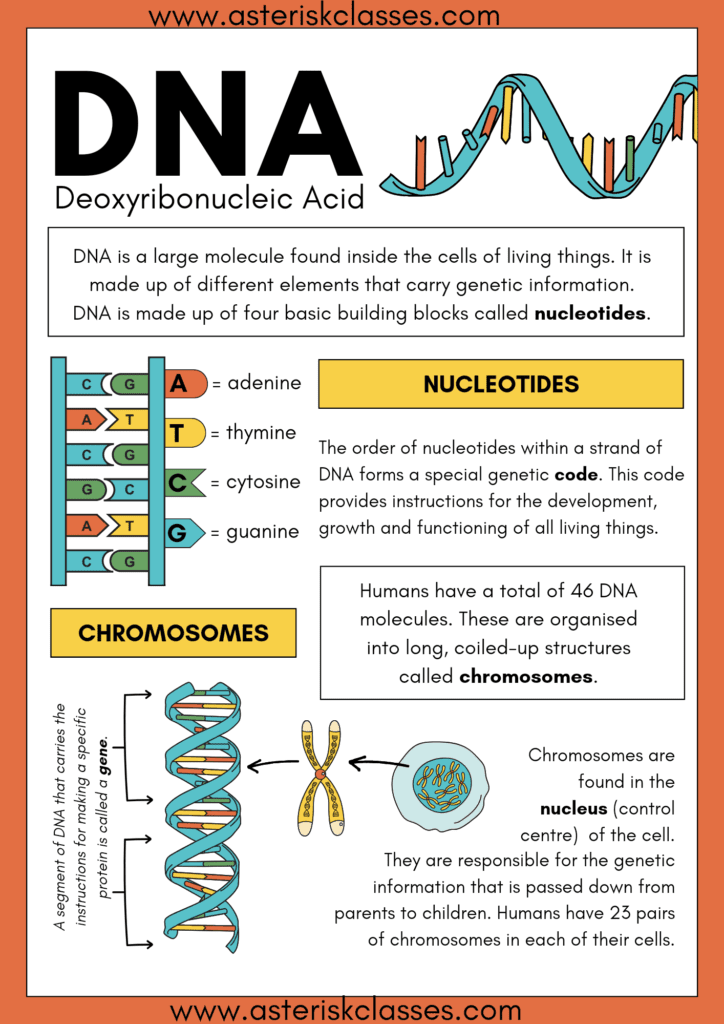
Understanding Genetic Material: The Blueprint of Life
Introduction to Genetic Material
Genetic material is the very foundation of life, carrying the instructions for the development, functioning, growth, and reproduction of all known organisms and many viruses. It is the substance that dictates the inherited characteristics of living things.
DNA: The Molecule of Heredity
At the heart of genetic material lies DNA (deoxyribonucleic acid), a complex molecule that holds the codes for genetic information. DNA is found in every cell of an organism and is passed down from parents to offspring during reproduction.
The Importance of Genetic Material
Genetic material is crucial because it stores all the information necessary for the life processes of an organism. It determines everything from eye color to susceptibility to certain diseases. The diversity we see in the biological world stems from variations in the genetic code.
Structure of DNA
The structure of DNA is a double helix, composed of two strands that wind around each other. Each strand is made up of a sugar-phosphate backbone and nucleotide bases, which pair up in specific ways: adenine with thymine, and cytosine with guanine.
Facts About DNA
- The human genome consists of about 3 billion base pairs.
- Only a small percentage of DNA codes for proteins; the rest has regulatory or unknown functions.
- DNA can replicate itself, ensuring that genetic information is passed on during cell division.
- Mutations in DNA can lead to variations in traits or cause diseases.
Genetic Material in Research and Medicine
Understanding genetic material has led to significant advancements in medicine and research. It has paved the way for genetic testing, personalized medicine, and biotechnological innovations that can improve human health and treat diseases.
Conclusion
Genetic material, particularly DNA, is the cornerstone of biological diversity and heredity. Its study continues to revolutionize our understanding of life and holds the key to unlocking the mysteries of genetic diseases and the potential for new treatments.